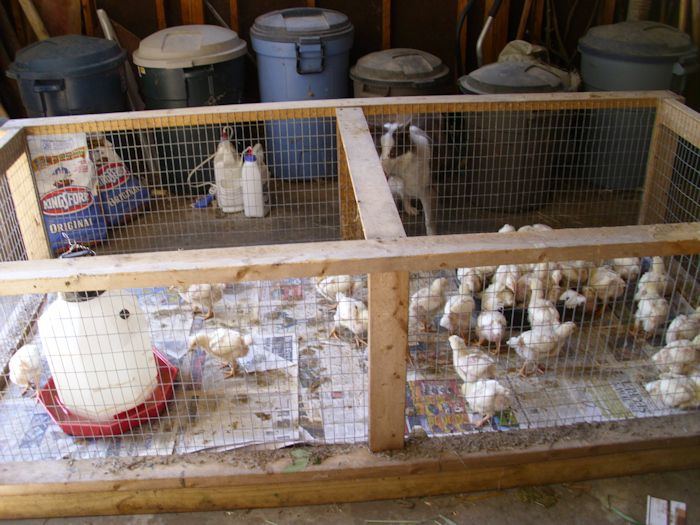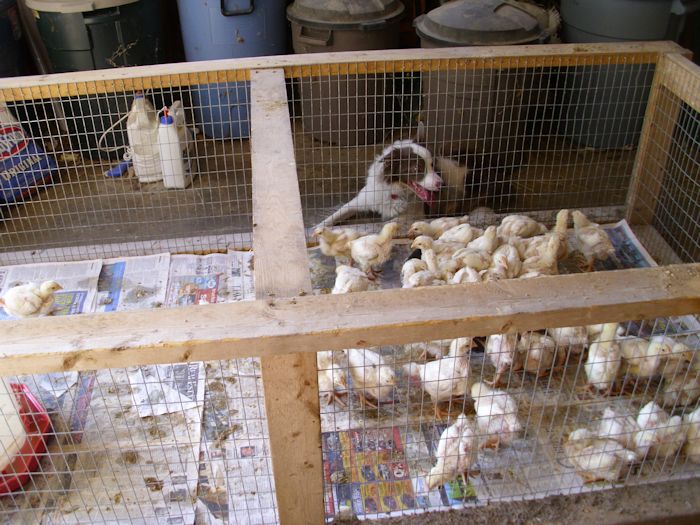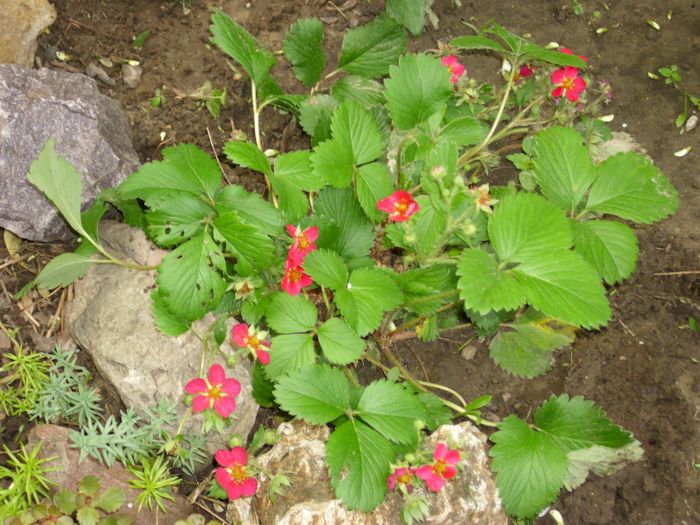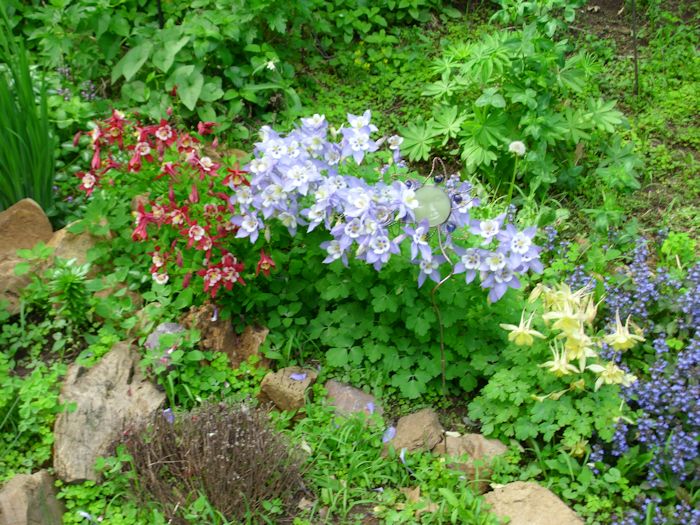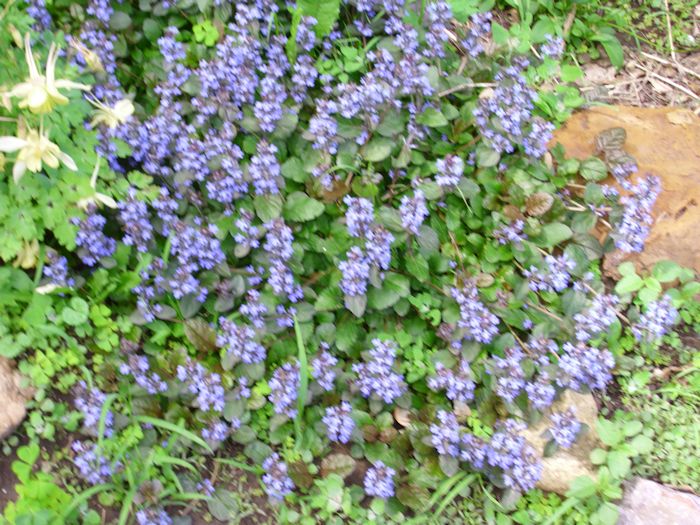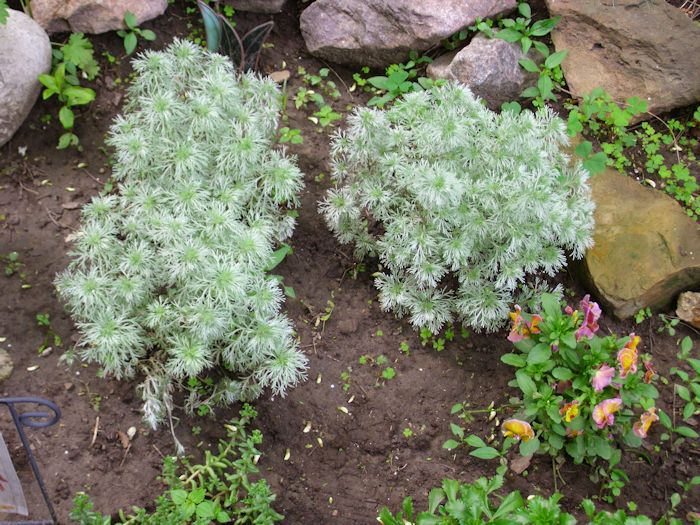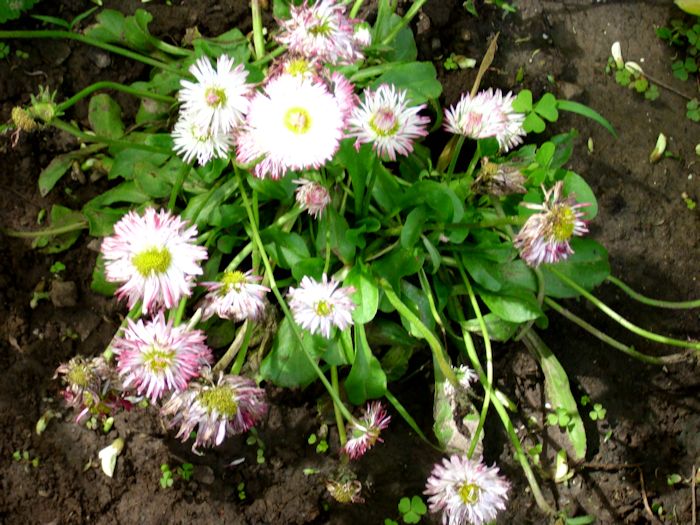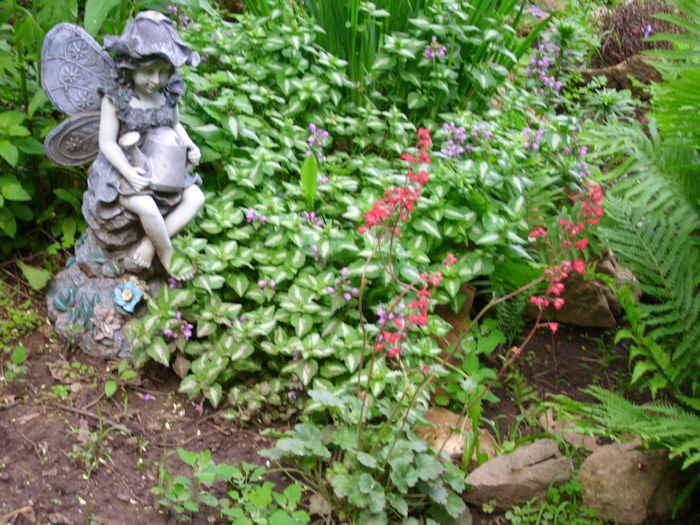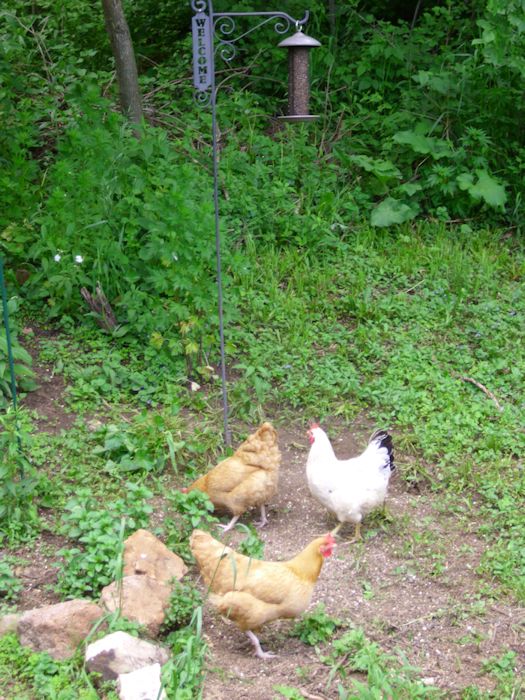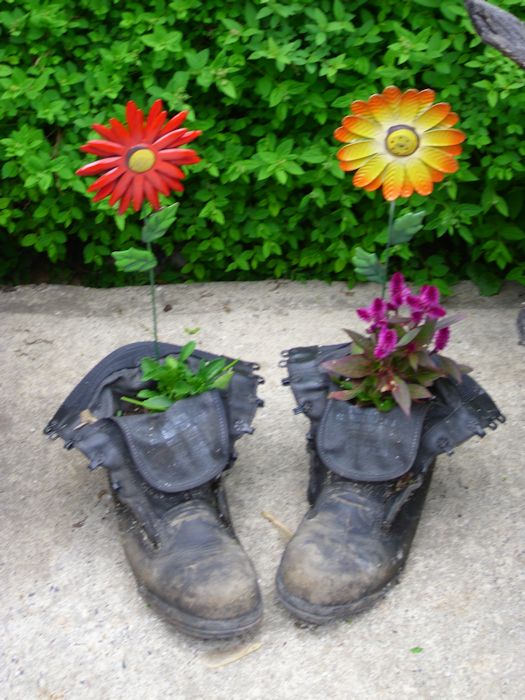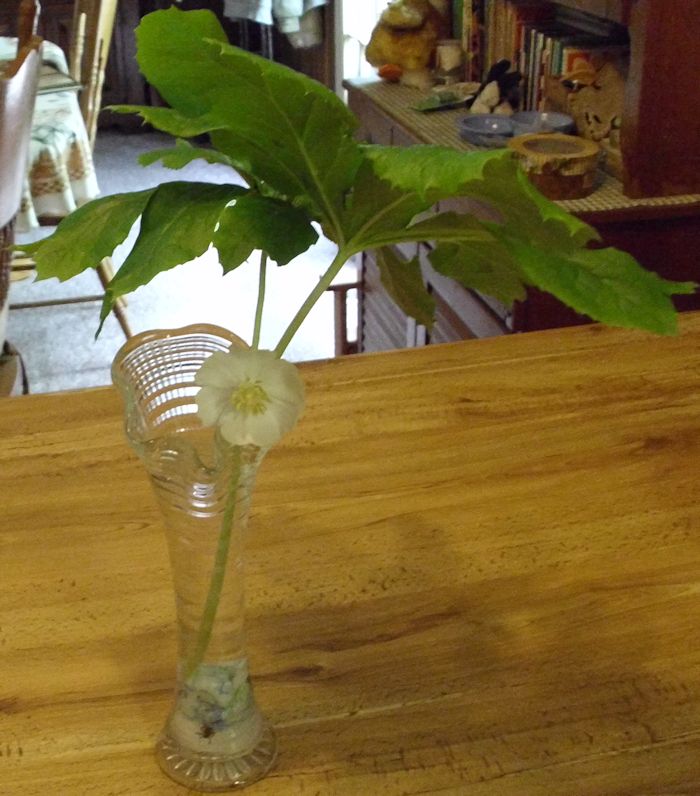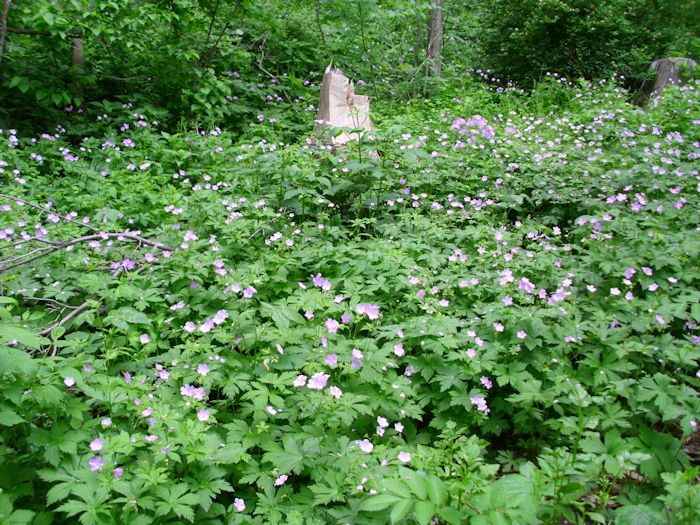I’ve discussed various methods of saving money while consuming less electricity (thereby reducing the amount of pollution that a typical home generates locally) several times in the past. The two most popular posts on the issue are CFLs for Free and More on CFL Usage. It’s true, using Compact Fluorescent Lights (CFLs) reduces local use of electricity, reducing local pollution and saving money. However, no one has proven they really are greener than using incandescent bulbs after examining all of the evidence. The problem is production. Producing a lightbulb of any sort also creates pollution.
Looking at a CFL, you have the glass, which possesses the same ability to pollute (and at about the same amount) as an incandescent bulb. There is also the mercury contained within a CFL, but burning an incandescent bulb actually outputs more mercury into the environment when you rely on coal fired electrical plants. On the other hand, if the electrical source is nuclear, wind, solar, or natural gas powered, then CFLs are a definite loser when it comes to mercury. You must also consider the wiring within the bulb and the base used to screw it into a light socket. Both of these items pollute, but generally at the same or a reduced amount as an incandescent bulb.
However, none of the articles I’ve ever read consider another important issue. CFLs contain electronics. Producing those electronics creates an enormous amount of pollution. Organizations such as the Silicon Valley Toxics Coalition (SVTC) will tell you that electronics are hardly clean and they do produce some extremely toxic side effects. Plus, the devices continue to pollute after we’re done with them. Because of the strict environmental laws in the United States, much of the most toxic production is now performed in China or Mexico.
Unfortunately, the production pollution is just the tip of the iceberg. Many of these devices also require the use of rare earths, which produce pollution so toxic that all of the mines in America were shut down until it was discovered that we needed one for strategic purposes. (The last mine, the Mountain Pass rare earth mine, was closed in 2002 after a series of radioactive tailing spills.) So, we’re opening (actually, reopening) one of these pollution super sites in the making in order to keep China from having a monopoly.
It doesn’t take long to figure out that green technology isn’t very green. In fact, what we’re really doing in many cases is moving the pollution to someone else’s yard instead of our own. Even so, after reading about the topic intensely, it appears that CFLs are still a good idea and that they do, in fact, reduce the overall pollution of the planet. The lesson though is that it’s important to embrace green technologies with the idea that they aren’t really green and then discuss just where the pollution goes after you start using them. For example, ethanol production will remain a major pollution producer (not a pollution solution) in my book because it really does cause significant damage to the planet. What ethanol does is move the pollution to someone else’s doorstep—making it the worst sort of pollution.
There are also significant questions about both solar and wind power. In both cases, you have pollution created by electronics production and the use of rare earths. Additional pollution is caused when these two forms of power actually reduce the efficiency of power plants that are needed when solar or wind sources are unavailable.
This brings me to new technologies. Scientists are experimenting with all sorts of new ways to produce energy that is cleaner. Recently I read about an artificial leaf that produces power using photosynthesis—the same technique used by plants. However, like many other techniques for producing power, this one relies on electronics and will therefore contribute to pollution somewhere. The issue is whether the pollution is less than other techniques of producing power now. This technology has promise because it appears that it uses less silicon than solar panels. In addition, it’s less expensive than solar energy and there is the potential to reduce costs more. The part that intrigues me most about this particular new technology is that its output is easily stored in a form that doesn’t require constant replacement of batteries. The output is hydrogen and oxygen, both of which can be stored using tanks and then released as needed. The combination of lower cost and low-technology energy storage could make this new method a much better deal than wind or solar power.
People keep looking at the technologies we have now as an end point. Yes, they are an end point, but one that is at the beginning of the route needed to produce truly clean energy, not the end of the road. Many scientists suggest now that the existing clean energy sources actually produce more pollution than the fossil fuel sources they’re designed to replace—we need to do better. The artificial leaf is an example of the kind of technology we could see in the future. Yes, it still pollutes, but possibly at a much lower level than anything to date and it doesn’t require anything special to use it.
What is your take on green technology and pollution? Have you considered issues such as the pollution generated during production and post usage, and the overall effect of using a technology on the system as a whole? Let me know your thoughts on the matter at [email protected].
![]() .
.
